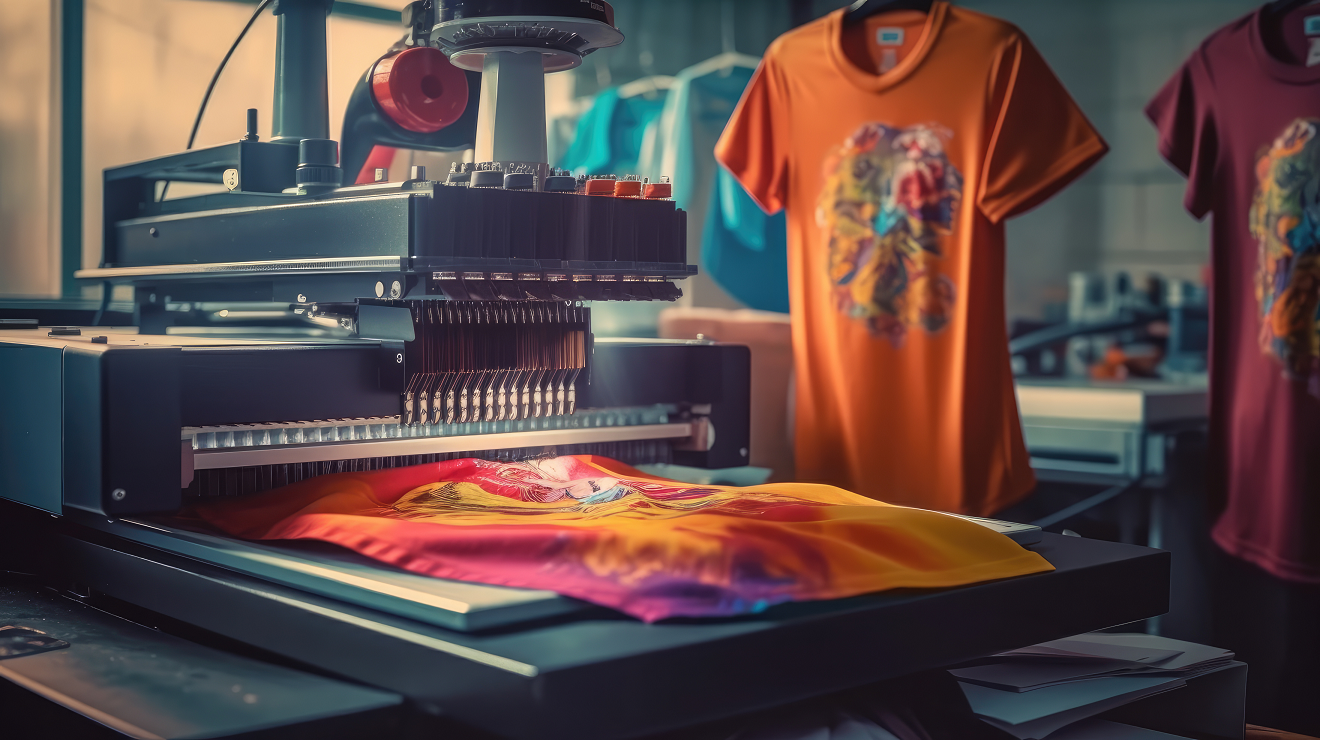4 Nightmare Scenarios for Apparel Warehouse Managers
Published: April 24
Keeping your supply chain on track can be treacherous — there are many variables that can throw you off your game. Your schedule can be disrupted by a problem at any of the hundreds of points along your supply chain, from port delays slowing the movement of your goods to labor disputes preventing your wares from being manufactured.
These disruptions hit warehouse managers the hardest, as even with the best warehouse management software in place, a sudden shift in the supply chain can cause problems for every step in your manufacturing process. Make sure you’re prepared for these four nightmare scenarios, as a little bit of preparation can be the difference between smooth sailing and endless setbacks.
1.) Port Delays. As we saw on the West Coast of the US this year, port delays can be a major problem, and likely that they’re not going away any time soon. Although this year’s disruption has been resolved, continuing labor negotiations and the lack of receiving infrastructure threaten to slow the flow of goods for the foreseeable future. As an example, the same labor negotiation process that brought the West Coast ports to a crawl this fall will be happening on the East Coast in 2017, and it’s likely the same sort of delays will be seen there, too.
Thankfully, there are a few different strategies you can use to insulate your supply chain from port-related uncertainty. One of the most popular (and easiest to implement) strategies is to simply minimize the amount of traffic you are sending through ports. If you’re able to send your goods over land and achieve the same distribution without busting your bottom line, this is the safest option.
Another option is to use your warehouse management software to analyze which ports have the best records, using that data to route as much traffic as possible through the most reliable locations. Although unexpected delays can hit anywhere, some ports have maintained the flow of goods and avoided labor disputes more effectively than others. Finding the ports that work for you can keep your garments moving, preventing a delay that might hurt your business.
2.) Shifting Tariffs and Taxes. Changing tariffs and taxes can put some serious strain on your budget. Governments worldwide love to tinker with the minutia of their tariff systems to try to tweak their economic output. While it might be nice to know that your cotton costs twice as much because it’s helping put some country on their 5-year plan for growth, it doesn’t make the financial hit to your company any easier to deal with. It doesn’t help that the tariffs aren’t simple to understand either — there are so many different categories and sub-categories of goods to follow that it’s easy to miss important changes.
While an in-house counsel who takes the time to follow these changes (and possibly a lobbying staff to help push changes in the right direction) might be the ideal solution, there are cheaper and less morally questionable options available. If any part of your supply chain is already deeply invested in any single country, it’s important to stay on top of that country’s political climate. Sweeping changes can come without warning, leaving you to pick up the pieces.
One easy (and free) way to stay on top of any news about changing tariffs and taxes in countries where you have a business presence is to set up a Google Alert. For the alert, you should enter the country where you’re operating along with the word “tariff” and the type of garment you produce there. For example, if you have a footwear facility in Mexico, you would set up the alert as “Mexico footwear tariff”. Google will email you any news that contains that set of keywords either in real time or as a daily compilation.
If your operations are distributed worldwide or you are currently looking for the right place for your sourcing and manufacturing, make sure to do your due diligence. It’s much more important to pick a place that will have a stable tariff regime in the future than one that has the best tariff regime right now. Many modern warehouse management suites have integrated tariff tracking and analysis, and can help you watch for changes that will affect your business.
3.) Labor Disputes. Labor disputes can bring operations to a standstill at any point along the supply chain. Whether it’s your own employees striking or a payroll dispute that results in a slowdown at a port thousands of miles away, labor disputes are a constant problem in almost every part of the world. Staying on top of the news in countries where you have a business presence is a good first step to avoid labor slowdowns, but it’s also important to make sure your own employees feel appreciated to avoid any internal problems.
You can use your warehouse management software to track productivity among your employees, and be proactive in rewarding those who work hard. Something as small as a gift card or cash bonus can mean the world to an employee.
4.) Extreme Weather. Extreme weather is the least predictable of all these scenarios, and it can be the most devastating. Hurricanes, earthquakes, and tsunamis can wreak havoc on developed countries, and the damage is even worse when they hit a less developed area. As we saw with the deadly 2004 Indian Ocean tsunami that wiped out entire towns in the South Pacific, just one extreme weather event can change the landscape for years to come.
These events can threaten not only your supply chain but the lives of your employees as well. If there’s one set of situations to prepare for, this is it.
To safeguard your supply chain, you should distribute your operations across a wide geographical area. With multiple facilities or back-up options in place, a weather event that’s confined to one region won’t shut you down. This may not be feasible for smaller producers who don’t have a global presence, but it’s a goal to plan and work towards. If you are running warehouse management software, it might be a good idea to host it in the cloud or at a secure facility to be sure that losing power won’t take your whole business offline.
To protect your employees, it’s important to make sure that all your facilities are built to industry standards for safety in the case of an extreme weather event. You should also develop a severe weather safety plan (this example is for schools, but the advice is universal) and choose an employee or manager to act as a preparedness coordinator in the event of an emergency. This preparedness coordinator should run regular drills to ensure that all employees know what to do if severe weather strikes.
Preparing for these four nightmare scenarios can be a handful for any apparel business, but the right warehouse management software can make it much easier. The right system will help you track every aspect of your supply chain and make it easy to change things when they aren’t working. If you’re not getting the support you need from your warehouse management software, Apparel Business Systems can help. Our warehouse management software is purpose-built for garment and apparel businesses. To find out more, contact us today!


We will get back to you as soon as possible.
4325 Alexander Drive, Suite 100
Alpharetta, GA 30022-3740
Apparel Business Systems | All Rights Reserved









